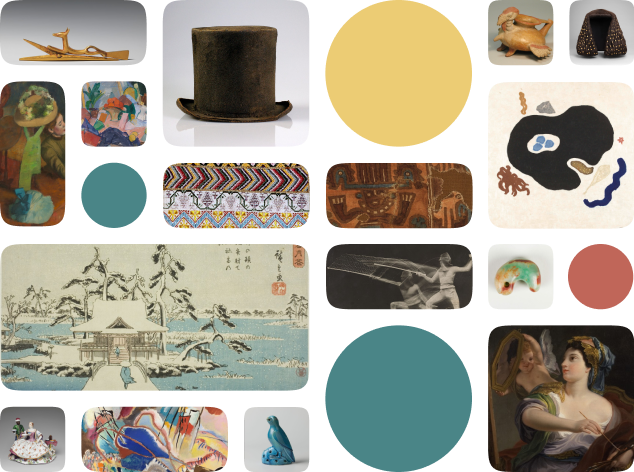Allegory of Africa, from "The Four Continents"
Creator Name
Cultural Context
Date
Source
About the Work
This sixteenth-century European print reflects a colonial worldview that portrays Africa through a lens of exoticism and presumed primitiveness. Created for a white Western audience, the artwork depicts African landscapes and figures as wild, exotic, and uncivilized, reinforcing the idea that the continent was an untamed frontier in need of European control. The figures are shown barefoot and sparsely clothed, dwarfed by dramatic, overwhelming natural elements that frame them as powerless within their environment. This visual language erases evidence of complex African societies, cultures, and histories, replacing them with a fictionalized wilderness that legitimizes colonial intervention. The painting relies on orientalist tropes—such as exotic animals, untamed landscapes, and anonymous, tribal figures—to evoke danger, mystery, and the supposed absence of order. In doing so, it aligns with a broader European effort to depict Africa as lacking civilization, thereby justifying imperial expansion. Viewed today, the image reveals not an accurate representation of African life, but a constructed fantasy that reflects European racial hierarchies, anxieties, and ambitions of dominance.
Work details
Title
Creator
Worktype
Cultural Context
Material
Dimensions
Technique
Language
Date
Provenance
Style Period
Rights
Inscription
Location
Source
Subjects
Topic
Curationist Contributors
Related Content
All Works in Curationist’s archives can be reproduced and used freely. How to attribute this Work:
Help us improve this content!
Save this work.
